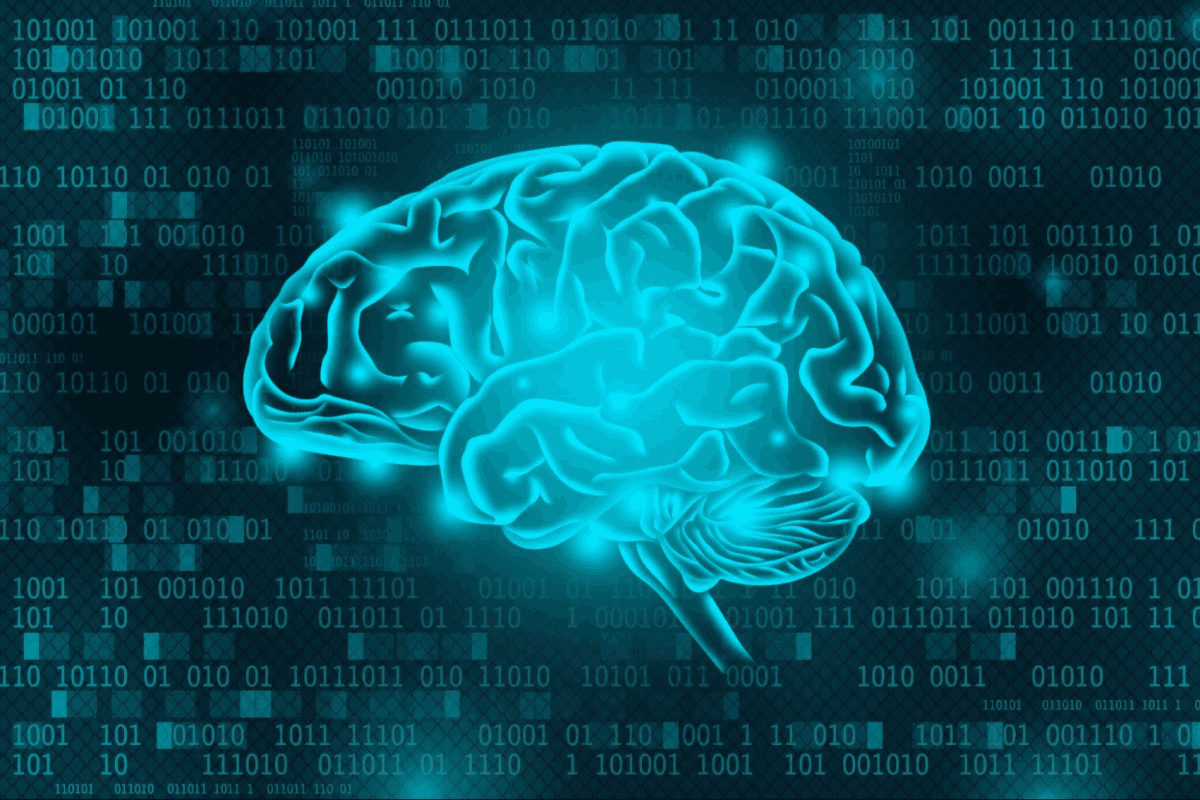You shouldn’t need to be told this, but you are unique. The skills and knowledge you’ve accrued throughout your lifetime give you specific capabilities that distinguish you from the planet’s other 8 billion inhabitants. But you can only split your time and skill set in so many ways. You can’t be everywhere at once, no matter how highly motivated you are.
From training up junior colleagues to mastering new skills to further your professional development, the grind never ends. Have you ever joked that if only you could clone yourself you could get more done and free up time in which to enjoy life? Well, it turns out that now you can.
While the era of human cloning is still some way off, machines are easy to replicate. And thanks to advancements in AI, it’s now easier than ever to create a digital clone that contains many of your best attributes – your wisdom, personality, and deep knowledge – without the need to go on standby for eight hours a night. What a time to be alive.
Seeing Double
One of the greatest challenges facing organizations today is the skills gap: the discrepancy between the expertise demanded by modern industries and the capabilities that are readily available in the workforce. Over time, key employees inevitably move on, whether due to retirement, career changes, or new opportunities. When they leave, they take with them not only their unique abilities but also the institutional knowledge and personal insights they’ve gained along the way. This loss can create significant operational hurdles, especially in fast-paced industries where training new hires and ensuring business continuity is paramount.
Enter the era of AI twins: digital counterparts designed to capture and preserve the accumulated knowledge and expertise of individuals. Built using advanced artificial intelligence models, these replicas encapsulate a person’s proficiency, problem-solving, and even elements of their communication style. By doing so, they serve as a perpetual resource, offering companies a way to maintain their competitive edge long after their star performers have moved on.
But an AI twin is about more than merely leaving a legacy: it also allows you to be in more places at once, with your human form complemented by a digital counterpart that can handle the grunt work, freeing you to focus on more important tasks.
Twinning Is Winning
An AI twin can be thought of as a digital mentor working around the clock. Newly onboarded team members can consult this virtual advisor to learn industry best practices, historical decisions, and nuanced trade-offs that were once understood only by those with years of experience. Because AI twins are accessible at any time and can be scaled to support multiple employees simultaneously, they redefine training and mentorship, turning what was once a bottleneck into a frictionless, continuous learning process.
Moreover, AI twins ensure that specialized knowledge isn’t confined to a single point of failure. If a seasoned data scientist leaves a biotech firm, for example, her AI twin can continue to guide research teams, explain past experimental methodologies, and even troubleshoot challenges that arise in ongoing projects. This not only preserves the valuable intellectual capital she accumulated but safeguards against the productivity slowdown that often follows the departure of key personnel.
You don’t need to suffer from a narcissus complex to appreciate the benefit of creating an AI twin in your likeness. But what does this process resemble in reality, and what does it take to create your own AI clone?
Copy From the Best
One of the leading developers of AI twinning technology, Twin Protocol, enables individuals to create digital versions of themselves equipped with their expertise, knowledge, and unique perspective. By training these AI twins through recorded calls, documents, questionnaires, and real-world interactions, users can craft digital mentors. Employers, in turn, can rely on these digital counterparts to train new hires, fill gaps left by departing team members, and support ongoing projects, all while maintaining a consistent standard of guidance and quality.
As the benefits of AI twin creation start to propagate, just as they have with other artificial intelligence verticals such as AI agents, expect to see plenty of other developers enter this emerging field. The technology has the potential to foster a more resilient and versatile workforce that isn’t overly reliant on any single expert or vulnerable to the institutional memory loss that occurs with turnover.
Instead, organizations can embed expertise into the very fabric of their operations, ensuring that valuable insights are easily transferable and continually accessible. At the same time, individuals benefit by having their knowledge recognized, preserved, and even monetized, enabling a new form of passive income as others tap into their stored expertise.
AI twins offer a compelling avenue for bridging the skills gap. They can help businesses future-proof their human capital by turning temporary tenures into permanent reservoirs of knowledge. This will ensure that hard-earned knowledge won’t vanish with the next wave of departures but will remain permanently accessible, ready to drive innovation and growth for years to come. Five years ago, the notion of creating a digital clone of yourself would have been unthinkable. Five years from now, the prospect of not having an AI twin may be equally unthinkable.
Disclaimer: The presented content may include the personal opinion of the author and is subject to market condition. Do your market research before investing in cryptocurrencies. The author or the publication does not hold any responsibility for your personal financial loss.











✓ Share: